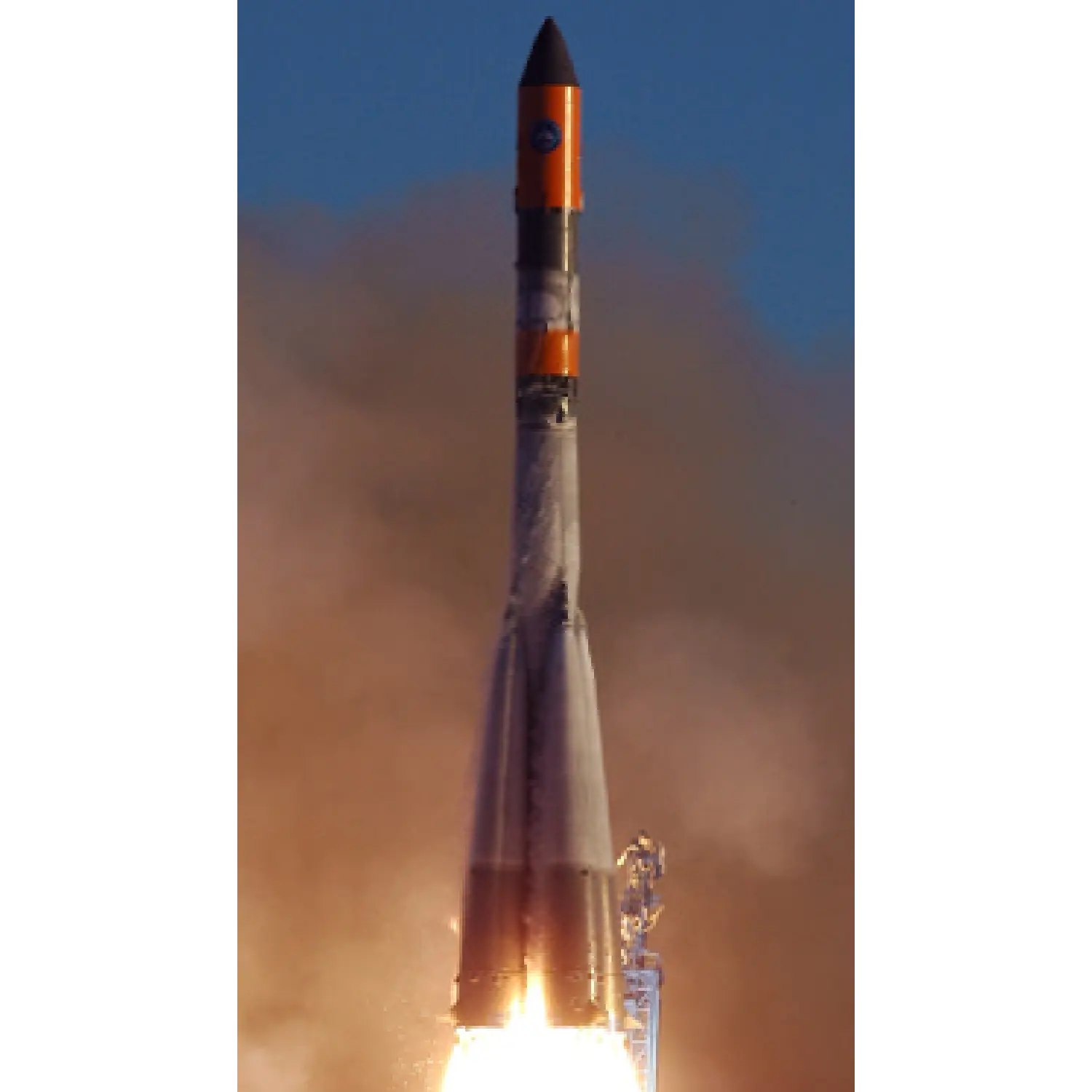Molniya-3 n°135
Launch Success
Liftoff Time (GMT)
14:15:59
Thursday December 22, 1988
Mission Details
Molniya-3 n°135
The Molniya were Soviet communication satellites operating from an inclined highly elliptical earth orbit of 500 km × 40000 km with 12 hour period for coverage of high northern latitudes. The Molniya satellites feature a unique configuration. The pressurized, three-axis stabilized KAUR-2 satellite bus features six non-articulated solar arrays and is operated in a sun-pointed mode. The antennas are mounted on two telescopic arms and are pointable. Each antenna features an optical tracking system which provides information to direct one of the two antennas to the Earth. The KAUR-2 bus features the KDU-414 propellant system with the S5.31 engine. From 1974 onwards, it was replaced with the KDU-414A with the S5.114 engine in 1974. It is derived from the propulsion system of the Venera 1VA probes. The Molniya-1 satellites carry the Alfa communications payload consisting of 5 transponders. It was used for bidirectional telephone, telegram or fax transmissions in the Orbita network or alternatively for TV broadcast. Three of transponders have a power of 40 W, and the other two of only 20 W. The first Molniya-1 satellites were equipped with two deployable parabolic antennas of 1.2 m diameter with a radiation pattern by 22°. After the transfer of the prime contractor for Molniya-1 from OKB-1 to the OKB-10, in 1965, the antenna gain was found to be two to three times lower than expected, so OKB-10 replaced each dishes antenna by four helical antennas. Several satellites, beginning with Molniya-1 3, carried an additional earth observation payload called Berkut consisting of two TV cameras, initially black and white, later also colour. This payload was used for meteorology and also for preparation of a early warning system.
Molniya Orbit
1 Payload
1,740 kilograms
Rocket


Manufacturer
RKK EnergiyaRocket
Height: 42.8m
Payload to Orbit
LEO: 6,200 kg
GTO: 2,400 kg
Liftoff Thrust
4,391 Kilonewtons
Fairing
Diameter: 2.58m
Height: 8.28m
Stages
4
Strap-ons
4
Launch Site
Stats
Molniya-M
210th
Mission
10th
Mission of 1988
RKK Energiya
2255th
Mission
91st
Mission of 1988
1988
117th
Orbital launch attempt